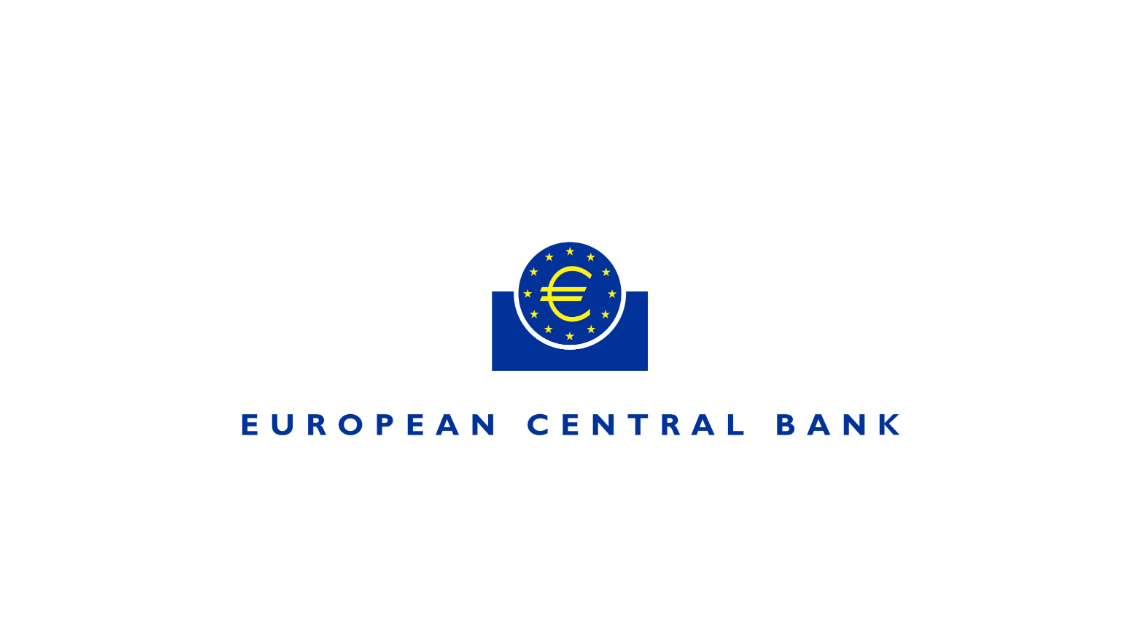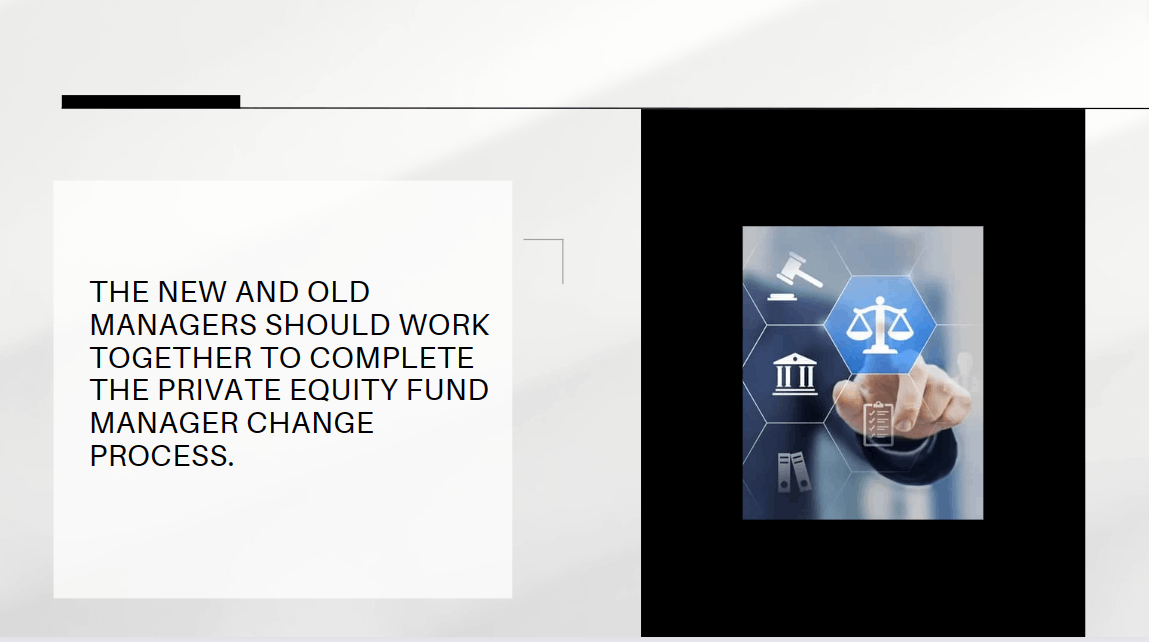Building New Blue Oceans: The Multidimensional Path of Sino-Saudi Investment Cooperation
China and Saudi Arabia are increasingly marching towards a "golden age" of economic cooperation. From diversified collaborations in agriculture and marine economics to unprecedented energy projects, both countries are writing a new chapter of mutual benefit, driven by the dual engines of the Belt and Road Initiative and Saudi Arabia's Vision 2030.
////
Starting with Weihai: The Blueprint for Cooperation
ONE

If Sino-Saudi cooperation is a grand symphony, Weihai stands as the lively violin solo. On November 18, 2024, the Sino-Saudi Trade and Investment Forum held in Weihai marked the city's emergence as a new "star landmark" in Sino-Saudi cooperation.
Weihai is not only a livable city but also a fertile ground for the "blue economy." With an annual fishery output of over 3.2 million tons, the city is known for high-value marine products like abalone and sea cucumbers, which are popular in international markets. During the forum, Weihai extended an invitation to Saudi companies to "jointly build a global seafood supply chain," exploring cooperation in fields such as aquaculture, deep processing, and food safety technology.
Furthermore, Weihai is committed to driving the green transformation of energy and has set out its vision to collaborate with Saudi Arabia on solar and wind energy projects. With the largest offshore wind farm in China already established, Weihai aspires to be a pioneering force in realizing both "green Saudi Arabia" and "green Middle East" visions.
From "marine" to "agriculture," Weihai's agricultural exports are equally impressive. As an important base for agricultural exports in China, Weihai boasts strong industrial foundations in food processing and cold chain logistics, aligning with Saudi Arabia's goals of food security.
////
Gulei: The Backbone of Energy Cooperation
TWO

In contrast to Weihai's "flexible entry," Gulei showcases Sino-Saudi cooperation with large-scale industrial projects. On the same day, the Gulei Refining and Chemical Integration Phase II Project in Fujian officially broke ground. This 71.1 billion RMB project is not only the largest industrial project in Fujian's history but also sets a new benchmark for Sino-Saudi energy cooperation.
The project will achieve an annual crude oil processing capacity of 16 million tons, while also supplying key petrochemical products like ethylene and paraxylene. What's even more exciting is that the project isn't just a traditional refinery; it integrates wind and solar energy, injecting new life into the green energy transformation.
As the continuation of the Sino-Saudi Ethylene Project, the Gulei Refining Phase II will further extend the downstream industrial chain, fostering the development of high-value industries such as plastics, rubber, and textiles, with the downstream investment scale expected to exceed 200 billion RMB.
////
Breaking Boundaries: A New Model of Sino-Saudi Cooperation
THREE
Whether it's Weihai's blue economy or Gulei's refining powerhouse, one keyword continues to run through Sino-Saudi cooperation: innovation and win-win partnerships.
Weihai is building a regular communication mechanism between government and enterprises, providing a one-stop investment service platform to help Saudi investors quickly find cooperation opportunities. Meanwhile, Gulei has innovatively introduced a "bi-weekly coordination mechanism" to address various project bottlenecks quickly, ensuring smooth project implementation.
Most importantly, Sino-Saudi cooperation has broken away from the traditional trade model, evolving into a new model centered on industry chain collaboration and green technology cooperation. This model not only aligns with the global green development trend but also facilitates deeper alignment between the national strategies of both countries in broader fields.
////
The Future of the "Sino-Saudi Story"
FOUR
From the fishing hub of the North to the petrochemical powerhouse of the South, Sino-Saudi cooperation is unfolding at an unprecedented speed. This is not just geographical alignment, but a new attempt in the cooperation model.





















































First, please LoginComment After ~